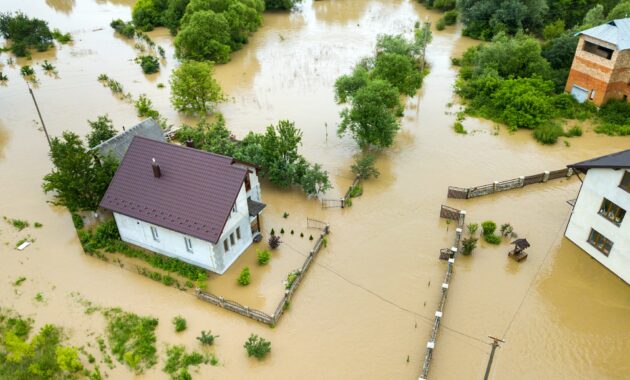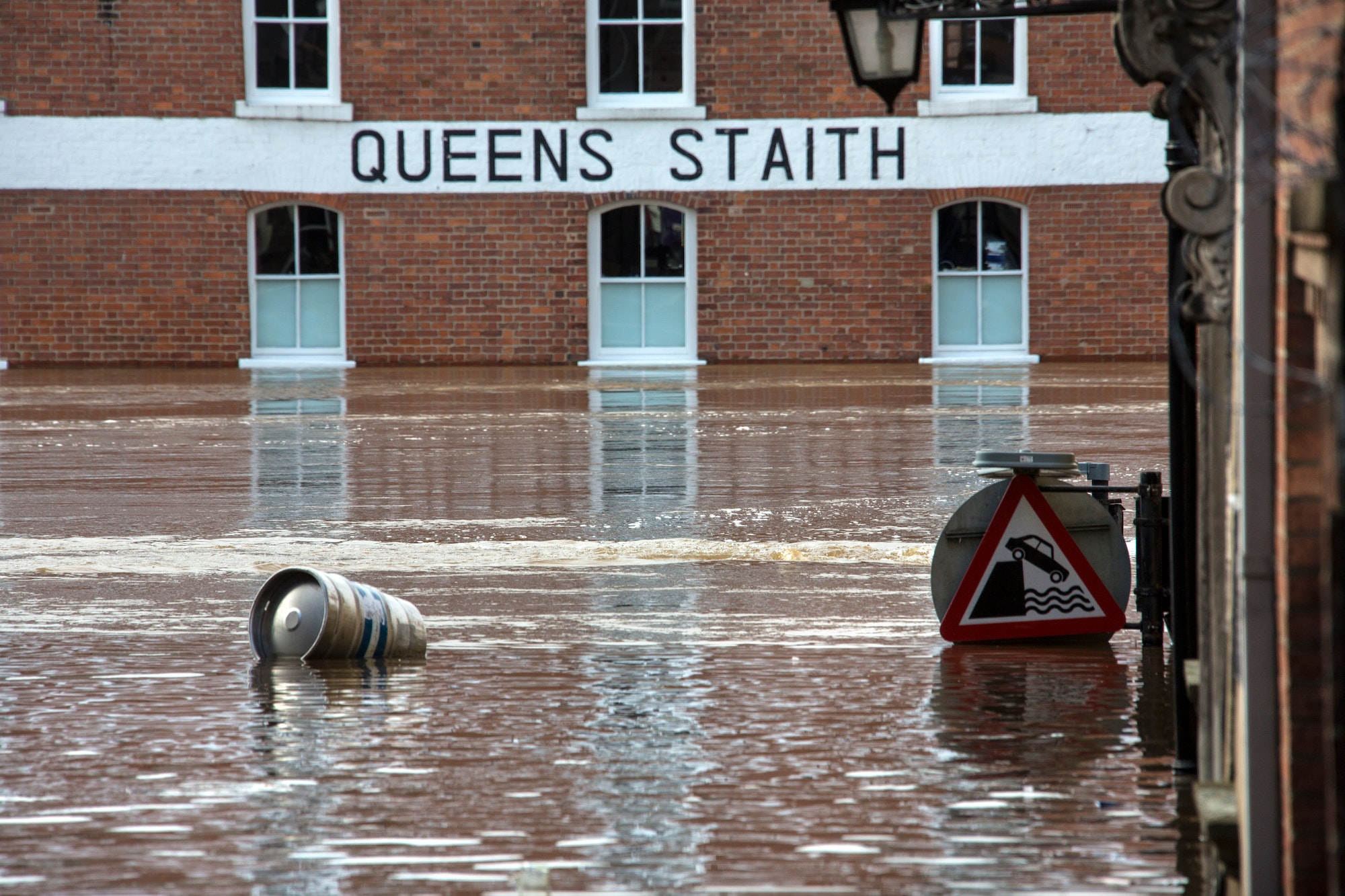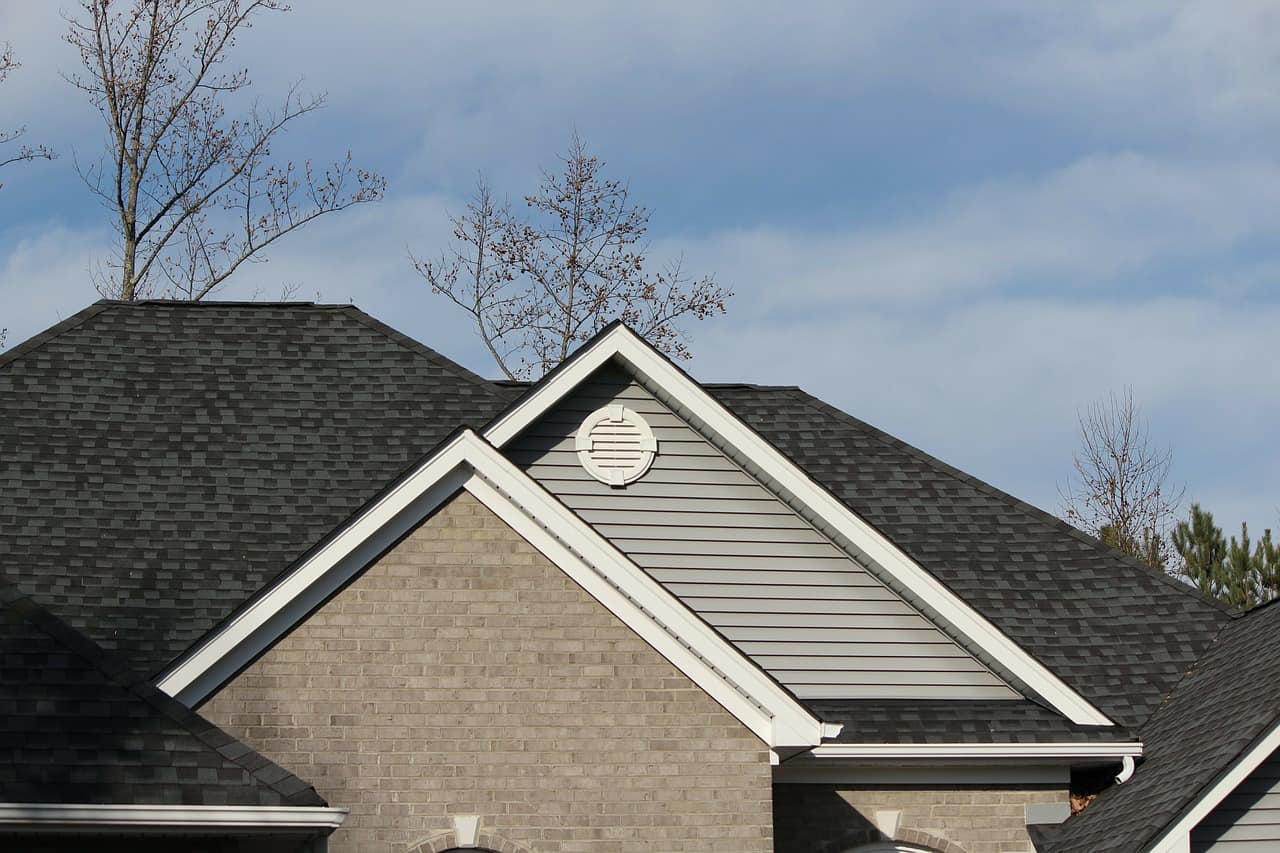Water damage can be a huge headache. Not only does it cause extensive, and often times irreparable, damage to your property, but it can also lead to health problems if not treated properly. In this blog post, we will discuss some tips from experts on how to prevent home flooding. By following these simple steps, you can protect your home and your family from water damage!
1. Inspect your property regularly for any signs of water damage
If you notice any water seeping into your home, it is important to take action immediately. Water can cause a lot of damage in a short amount of time, so it is important to address the problem as soon as possible. If you see any pooled water around your property, make sure to investigate the source. This could be a sign of a leaky pipe or another issue that needs to be addressed.
Regularly inspecting your property for signs of water damage can help you prevent costly repairs down the road.
Here are some signs of water damage to look out for:
- Water stains on ceilings or walls
- Pooling water around your property
- Mold or mildew growth
- Musty odors
If you notice any of these signs, make sure to contact a professional immediately. They will be able to determine the cause of the problem and fix it before it causes any further damage.
2. Invest in Smart Vent flood vents
One of the best ways to prevent home flooding is to invest in Smart Vent flood vents. These vents are installed in your foundation and work by automatically closing when water levels rise. This helps to prevent water from entering your home and causing damage. If you live in an area that is prone to flooding, investing in Smart Vent flood vents is a wise decision. They can help you protect your home from water damage and save you a lot of money in the long run. This is because they can help you avoid costly repairs that would be necessary if your home were to flood.
If you live in an area that is prone to flooding, investing in smart vent flood vents is a wise decision.
Here are some benefits of smart flood vents:
- They automatically close when water levels rise, preventing water from entering your home.
- They can help you avoid costly repairs that would be necessary if your home were to flood.
- They are easy to install and require little maintenance.
3. Use sandbags to protect your home
Another way to prevent home flooding is to use sandbags. Sandbags are an effective and inexpensive way to protect your property from floodwaters. They work by absorbing the water and redirecting it away from your home. When used correctly, sandbags can be a great tool for preventing flood damage.
If you live in an area that is prone to flooding, using sandbags is a wise decision.
Here are some benefits of using sandbags:
- They are an effective and inexpensive way to protect your property from floodwaters.
- They work by absorbing the water and redirecting it away from your home.
When used correctly, they can be a great tool for preventing flood damage.
4. Install a sump pump
Another way to prevent home flooding is to install a sump pump. A sump pump is a device that is installed in your basement or crawl space. It works by pumping water out of your home and away from your foundation. This helps to prevent the water from seeping into your home and causing damage. If you live in an area that is prone to flooding, installing a sump pump is a wise decision.
If you live in an area that is prone to flooding, installing a sump pump is a wise decision.
Here are some benefits of using a sump pump:
- It helps to prevent water from seeping into your home and causing damage.
- It can save you a lot of money in the long run by preventing costly repairs.
- It is easy to install and requires little maintenance.

These are just a few of the many ways that you can prevent home flooding. If you live in an area that is prone to flooding, it is important to take steps to protect your home. By following these tips, you can help to keep your home safe from water damage. Hopefully, you will never have to experience the devastating effects of a flood, but it is always better to be prepared. Thank you for reading!
Discover more from Futurist Architecture
Subscribe to get the latest posts sent to your email.



